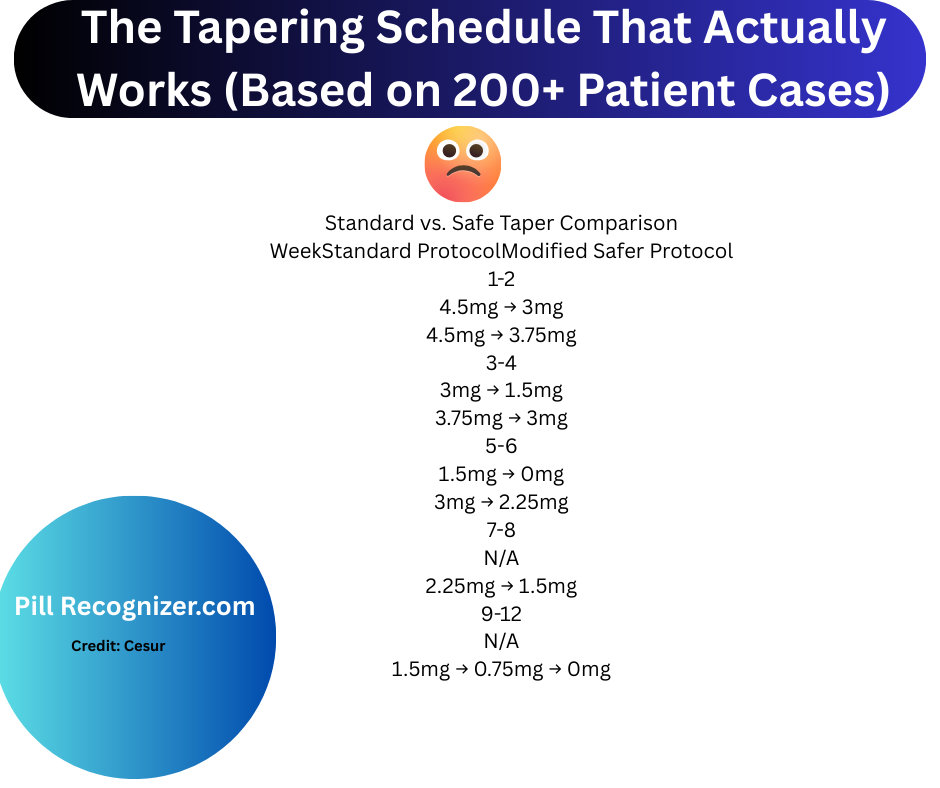Vraylar withdrawal
Vraylar (cariprazine) is an atypical antipsychotic medication primarily used to treat schizophrenia, bipolar I disorder (manic, mixed, and depressive episodes), and as an add-on treatment for major depressive disorder.
While Vraylar is not typically associated with causing significant withdrawal symptoms in the same way some other medications are, discontinuing it can still lead to certain effects. This is partly due to its long half-life, meaning it stays in your system for an extended period.
Here’s what the information suggests about stopping Vraylar:
- Not a typical withdrawal: Vraylar is not known for causing a distinct withdrawal syndrome like some other psychiatric medications. This is mainly attributed to its long half-life.
- Long half-life: The active ingredient in Vraylar, cariprazine, has a half-life of 2-4 days. However, two of its active metabolites have much longer half-lives: desmethylcariprazine (DCAR) at 1-2 days and didesmethylcariprazine (DDCAR) at 1-3 weeks. Due to DDCAR’s long half-life, Vraylar can remain in your system for several weeks, potentially up to 12 weeks after the last dose. This slow elimination helps to taper the drug’s effects gradually.
- Potential for discontinuation symptoms: Although not a classic withdrawal, some individuals might experience symptoms upon stopping Vraylar, especially if it’s done abruptly, after a long period of high-dose treatment, or if there’s a relapse of the underlying condition. These symptoms can sometimes be mistaken for withdrawal.
- Reported symptoms: Some reported symptoms after stopping antipsychotics (including Vraylar, although less documented) include:
- Gastrointestinal issues (nausea, vomiting, diarrhea, stomach pain)
- Headache
- Fast heart rate
- Dizziness or lightheadedness
- Sweating
- Dry mouth
- Muscle restlessness, aches, and pains
- Anxiety
- Difficulty sleeping
- Risk of relapse: The most significant risk of stopping Vraylar is a relapse of the condition it was treating (schizophrenia, bipolar disorder, or depression). Symptoms of relapse can sometimes be confused with withdrawal.
- Rebound psychosis: Abruptly stopping antipsychotics can increase the risk of “rebound psychosis,” where psychotic symptoms return and may be more intense than before treatment.
- Tardive dyskinesia: In some cases, tardive dyskinesia (involuntary muscle movements) might emerge or become more noticeable after discontinuing antipsychotics, including Vraylar.
- Neuroleptic Malignant Syndrome (NMS): Although rare, abrupt withdrawal from antipsychotics can potentially lead to NMS, a serious and potentially fatal condition characterized by high fever, muscle rigidity, altered mental status, and autonomic dysfunction.
- Importance of gradual tapering: To minimize potential discontinuation symptoms and the risk of relapse, it is crucial to taper off Vraylar slowly and under the guidance of a healthcare professional. The longer you have been on the medication and the higher the dose, the more gradual the tapering process should be.
- Monitoring: After stopping Vraylar, your doctor should monitor you for any signs of relapse or the emergence of side effects. Due to the long half-life, some effects might take time to appear or resolve.
In summary, while Vraylar is not typically associated with a strong withdrawal syndrome, discontinuing it, especially abruptly, can lead to various physical and psychological symptoms, and most importantly, carries a risk of relapse of the underlying condition. Therefore, it is essential to work closely with your doctor to develop a safe and gradual plan for stopping Vraylar if it is deemed necessary.

